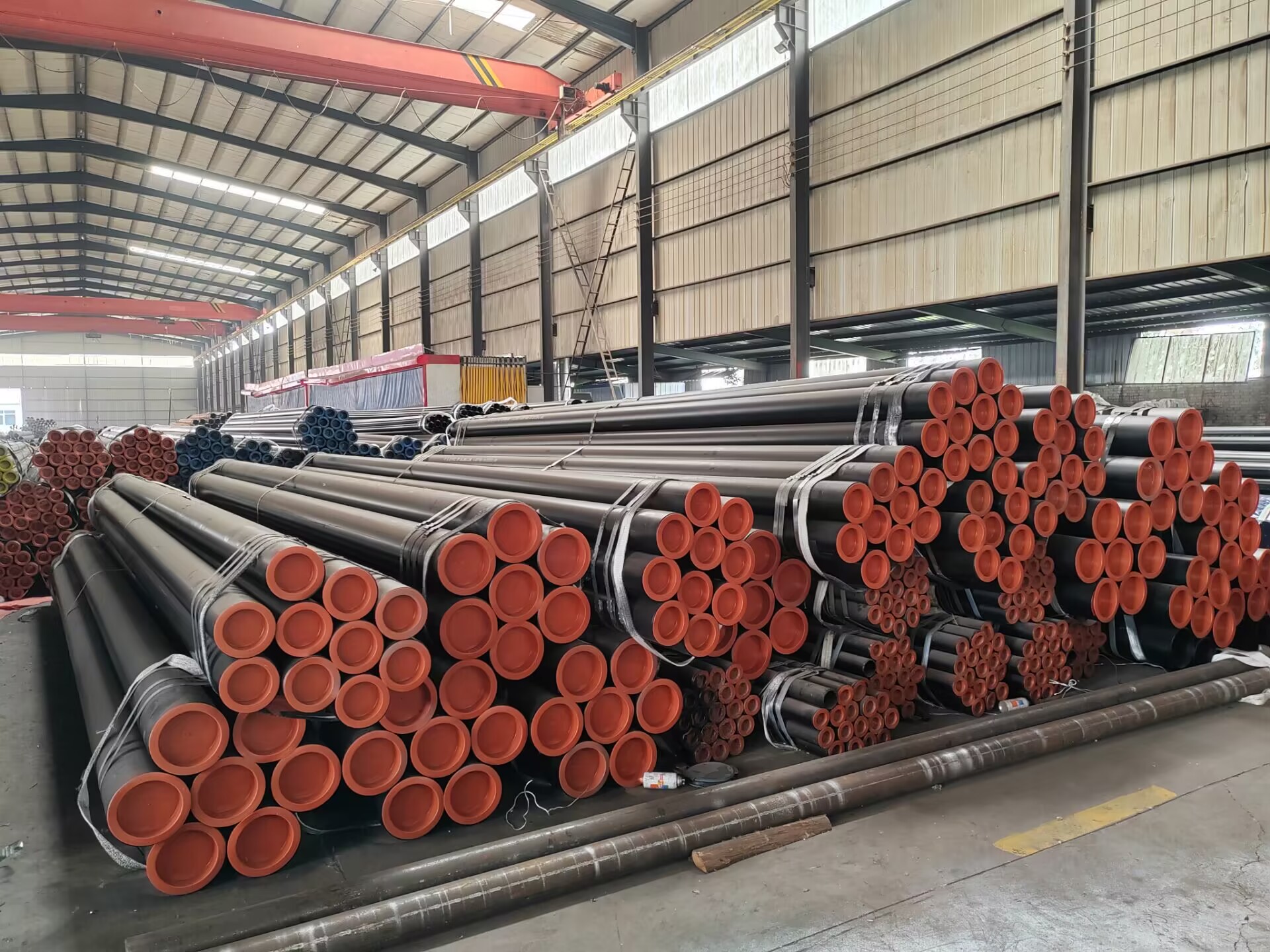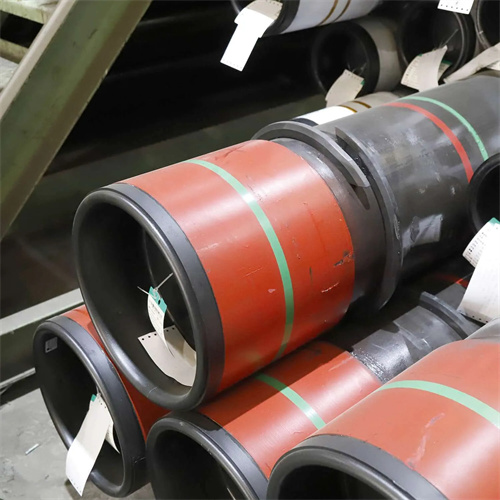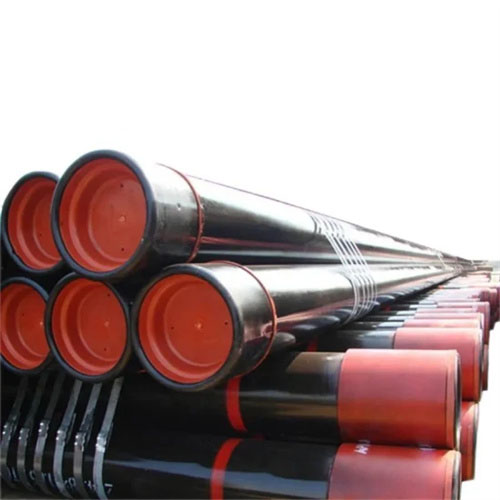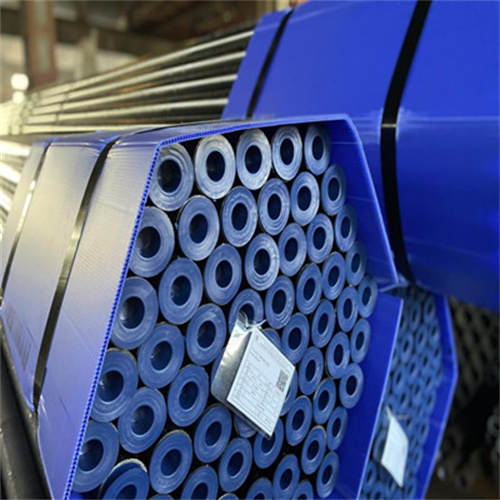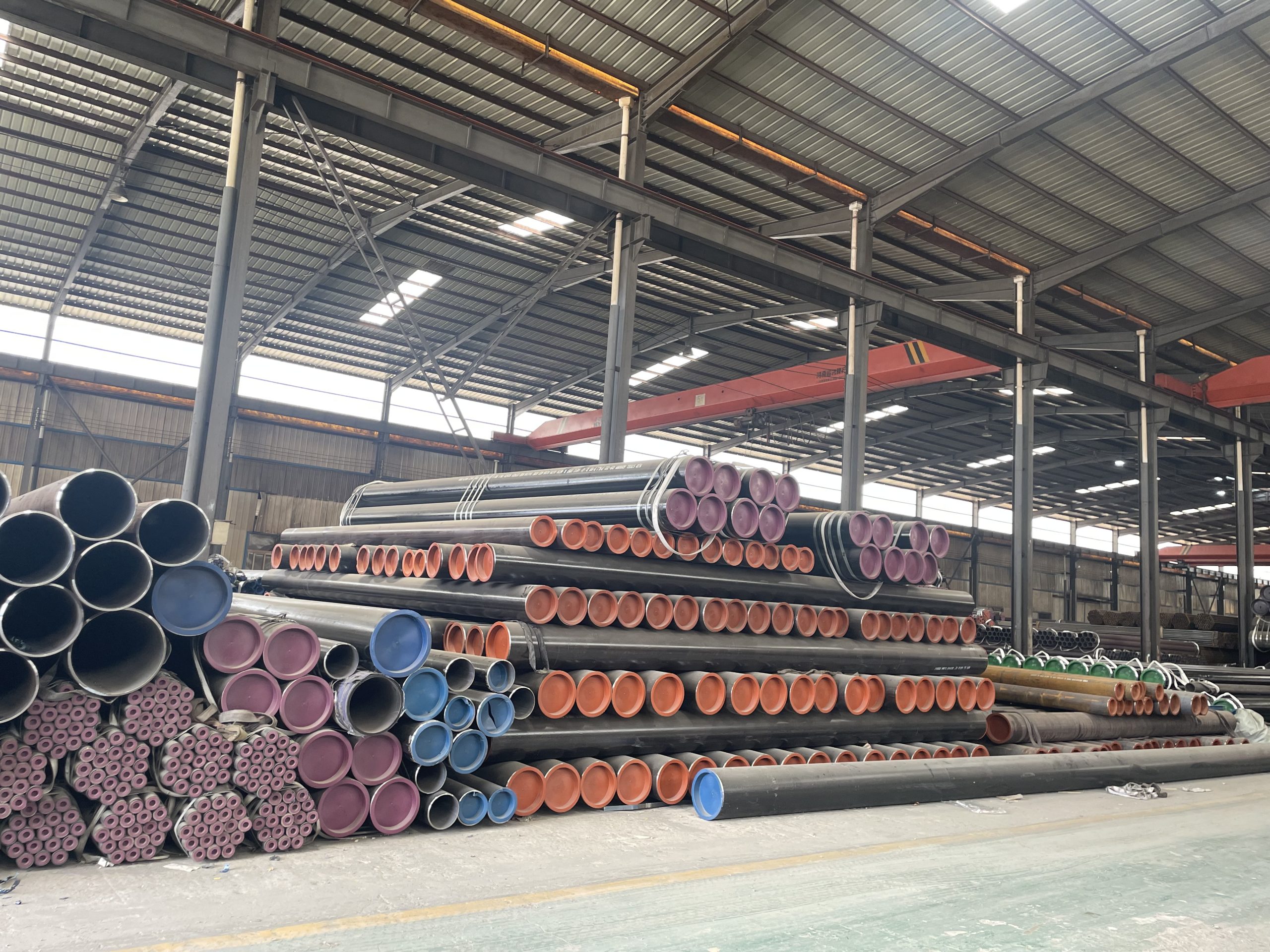فوائد استخدام الأنابيب الملحومة من الصلب الكربوني في التطبيقات الصناعية
الاختلافات الرئيسية بين أنابيب الصلب الكربوني الملحومة والأنابيب غير الملحومة
تستخدم أنابيب الفولاذ الكربوني على نطاق واسع في مختلف الصناعات نظرًا لمتانتها وقوتها وسعرها المناسب. يوجد في عالم أنابيب الفولاذ الكربوني نوعان أساسيان: ملحومة وغير ملحومة. في حين أن كلاهما يخدم أغراضًا متشابهة، إلا أن لديهم اختلافات واضحة تؤثر على أدائهم وملاءمتهم لتطبيقات معينة.
علاوة على ذلك، فإن غياب اللحامات الملحومة في الأنابيب غير الملحومة يساهم في تحسين مقاومتها للتآكل. الأنابيب الملحومة أكثر عرضة للتآكل عند خط اللحام بسبب وجود مناطق متأثرة بالحرارة والعيوب المحتملة في اللحام. في المقابل، تُظهر الأنابيب غير الملحومة مقاومة أفضل للتآكل، مما يجعلها مثالية للبيئات التي يكون فيها التعرض للمواد المسببة للتآكل أمرًا مثيرًا للقلق.
هناك عامل مهم آخر يجب مراعاته وهو دقة أبعاد الأنابيب. تتميز الأنابيب الفولاذية الكربونية غير الملحومة عادةً بتفاوتات أكثر إحكامًا وأسطح أكثر سلاسة مقارنةً بالأنابيب الملحومة. هذه الدقة الفائقة للأبعاد تجعل الأنابيب غير الملحومة الخيار المفضل للتطبيقات التي تتطلب قياسات دقيقة وتشطيبات عالية الجودة. بشكل عام، تعتبر الأنابيب الملحومة أكثر اقتصادية في التصنيع والشراء من الأنابيب غير الملحومة. تسمح عملية اللحام بمرونة أكبر في الإنتاج، مما يؤدي إلى انخفاض تكاليف الإنتاج. ومع ذلك، من الضروري الموازنة بين ميزة التكلفة هذه والعيوب المحتملة للأنابيب الملحومة من حيث السلامة الهيكلية ومقاومة التآكل.
من حيث التوافر والتنوع، تتمتع أنابيب الفولاذ الكربوني الملحومة بميزة طفيفة على الأنابيب غير الملحومة. يتم إنتاج الأنابيب الملحومة بنطاق أوسع من الأحجام والسماكات، مما يجعلها متاحة بسهولة أكبر لمختلف التطبيقات الصناعية. بالإضافة إلى ذلك، يمكن تصنيع الأنابيب الملحومة بأطوال وتكوينات مخصصة، مما يوفر مرونة أكبر في التصميم والتركيب. متطلبات التطبيق. توفر الأنابيب الملحومة وفورات في التكاليف وتعدد الاستخدامات من حيث الحجم والتكوين، في حين توفر الأنابيب غير الملحومة سلامة هيكلية فائقة، ومقاومة للتآكل، ودقة الأبعاد. من خلال فهم الاختلافات الرئيسية بين هذين النوعين من الأنابيب، يمكن للمهندسين وصناع القرار اتخاذ خيارات مستنيرة لضمان الأداء الأمثل وطول العمر في مشاريعهم.
To begin with, let’s explore the manufacturing process of each type. Welded Carbon steel pipes are crafted by Welding together steel plates or coils, forming a cylindrical shape. This process involves the use of heat and pressure to fuse the materials together. In contrast, Seamless carbon steel pipes are created from solid round steel billets, which are heated and pierced to form a hollow tube. This process eliminates the need for welding, resulting in a smooth interior surface.
One of the key differences between welded and seamless carbon steel pipes lies in their structural integrity. Seamless pipes have a consistent, uniform composition throughout, with no welded seams that could potentially weaken the Material. This makes seamless pipes particularly suitable for applications requiring high pressure or temperature resistance, as they are less prone to leakage or failure.

Furthermore, the absence of welded seams in seamless pipes contributes to their improved Corrosion resistance. Welded pipes are more susceptible to corrosion at the weld seam due to the presence of heat-affected zones and potential defects in the weld. In contrast, seamless pipes exhibit better corrosion resistance, making them ideal for environments where exposure to corrosive substances is a concern.
Another significant factor to consider is the dimensional accuracy of the pipes. Seamless carbon steel pipes typically have tighter tolerances and smoother surfaces compared to welded pipes. This superior dimensional accuracy makes seamless pipes the preferred choice for applications that demand precise measurements and a high-quality finish.
telescoping steel square tubingCost is also a crucial consideration when choosing between welded and seamless carbon steel pipes. Generally, welded pipes are more economical to manufacture and purchase than seamless pipes. The welding process allows for greater flexibility in production, resulting in lower production costs. However, it’s essential to weigh this cost advantage against the potential drawbacks of welded pipes in terms of structural integrity and corrosion resistance.
In terms of availability and variety, welded carbon steel pipes have a slight edge over seamless pipes. Welded pipes are produced in a wider range of sizes and thicknesses, making them more readily available for various industrial applications. Additionally, welded pipes can be fabricated to custom lengths and configurations, offering greater flexibility in design and installation.
In conclusion, while both welded and seamless carbon steel pipes have their advantages and disadvantages, the choice between the two ultimately depends on the specific requirements of the application. Welded pipes offer cost savings and versatility in terms of size and configuration, while seamless pipes provide superior structural integrity, corrosion resistance, and dimensional accuracy. By understanding the key differences between these two types of pipes, engineers and decision-makers can make informed choices to ensure optimal performance and longevity in their projects.

